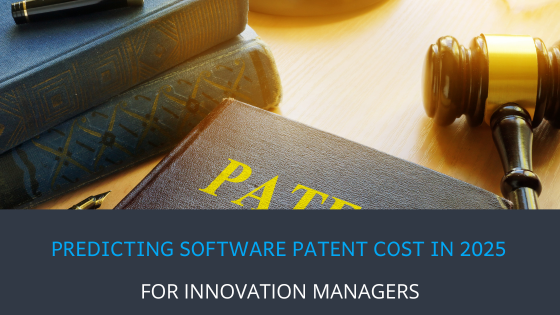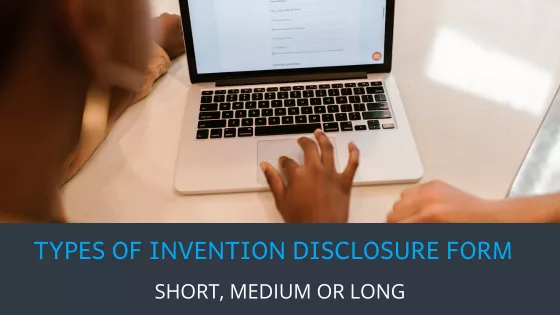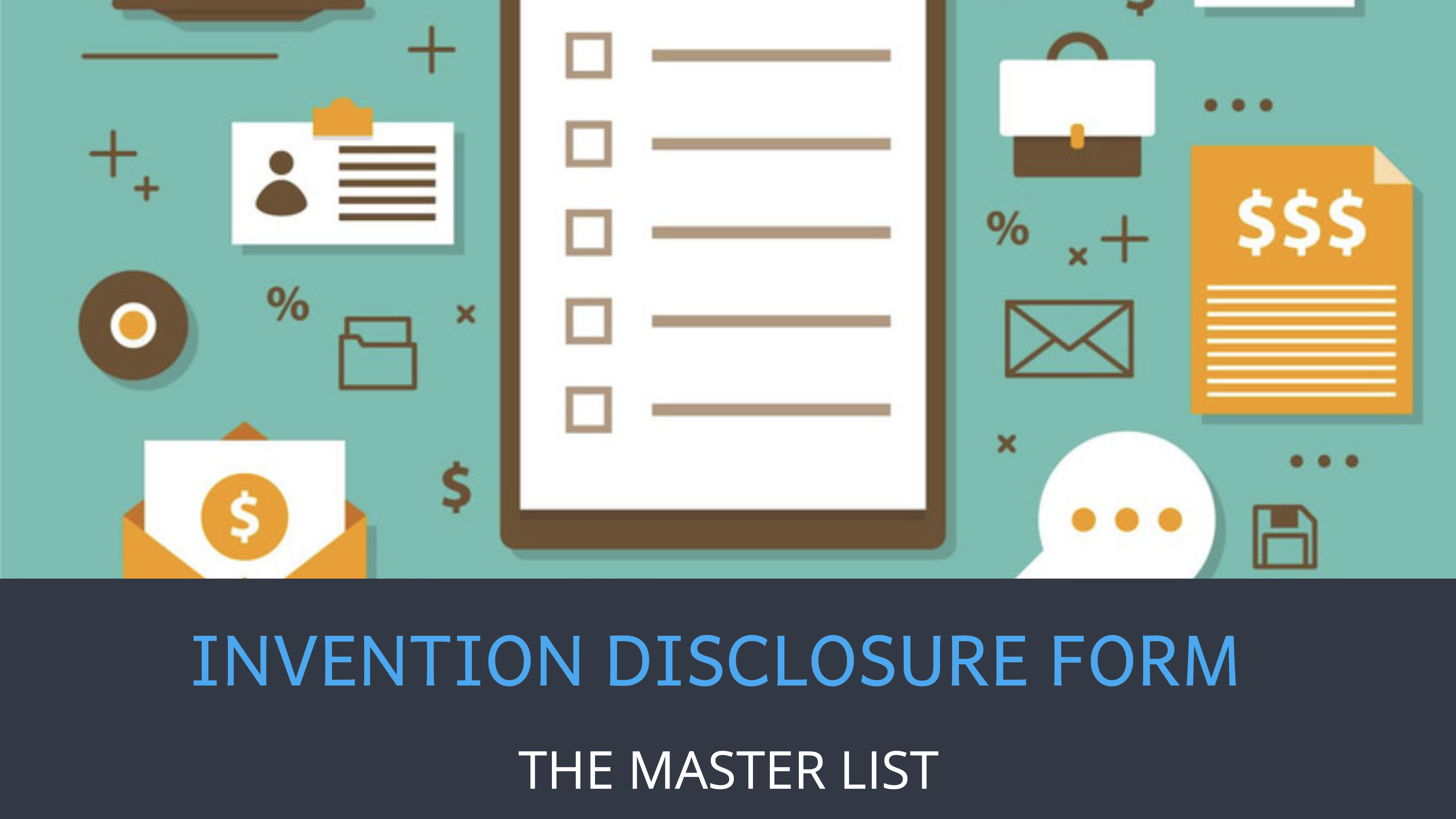
Patent Strategies
Latest News and Articles
Menu
Use Cases
Innovation Toolkit
Learn Innovation Management
Standalone Tools
© 2025 Triangle IP, Inc. | All Rights Reserved.



© 2025 Triangle IP, Inc. | All Rights Reserved.